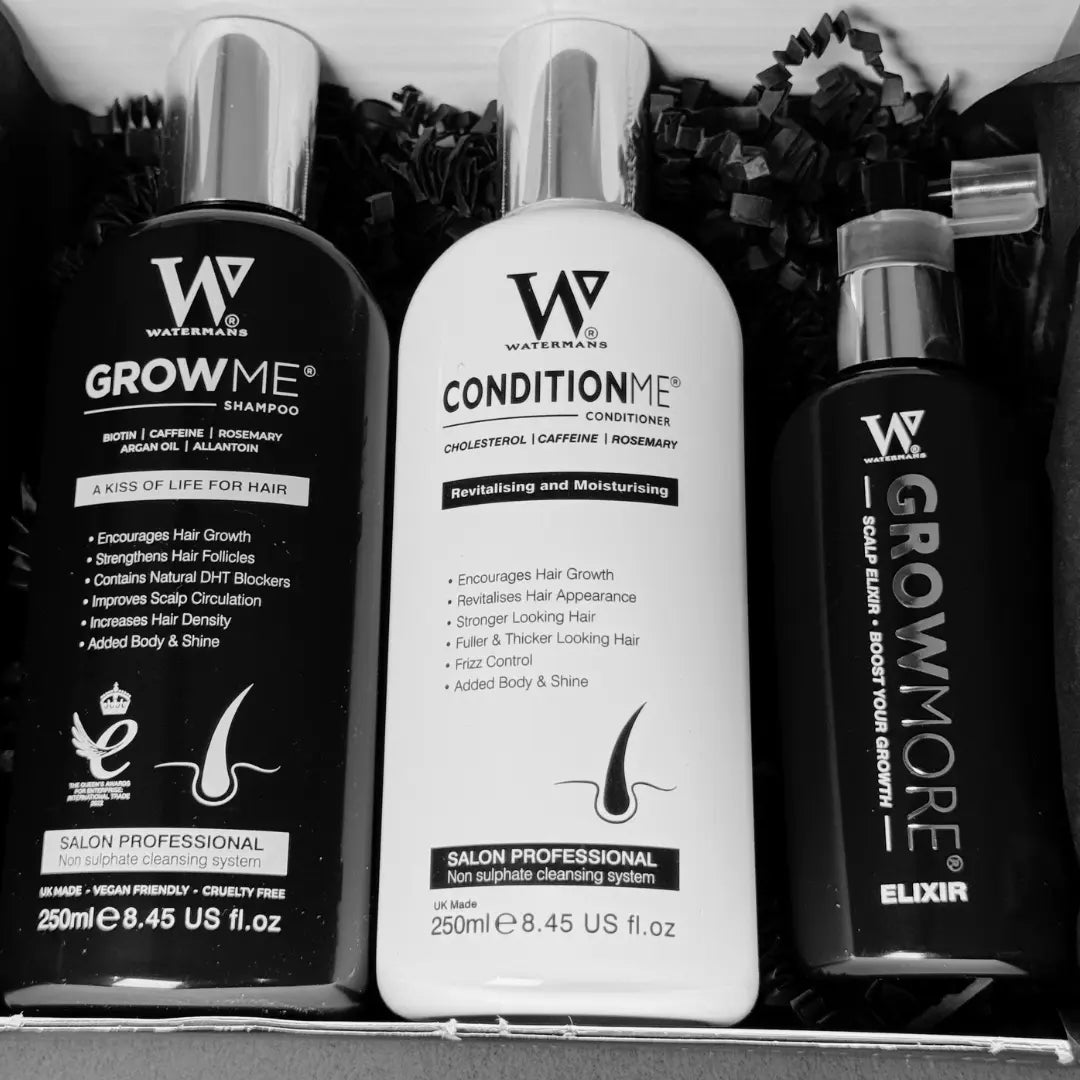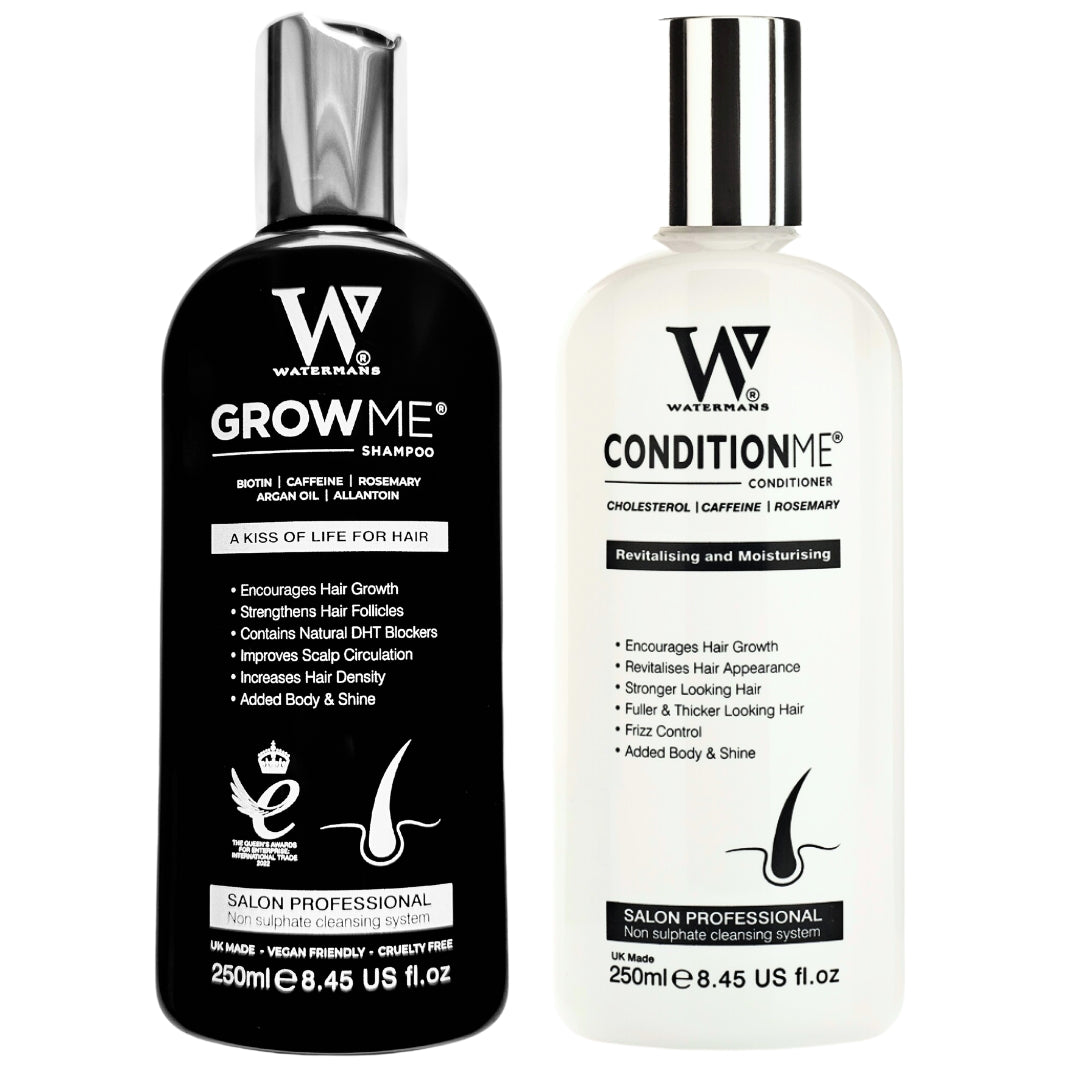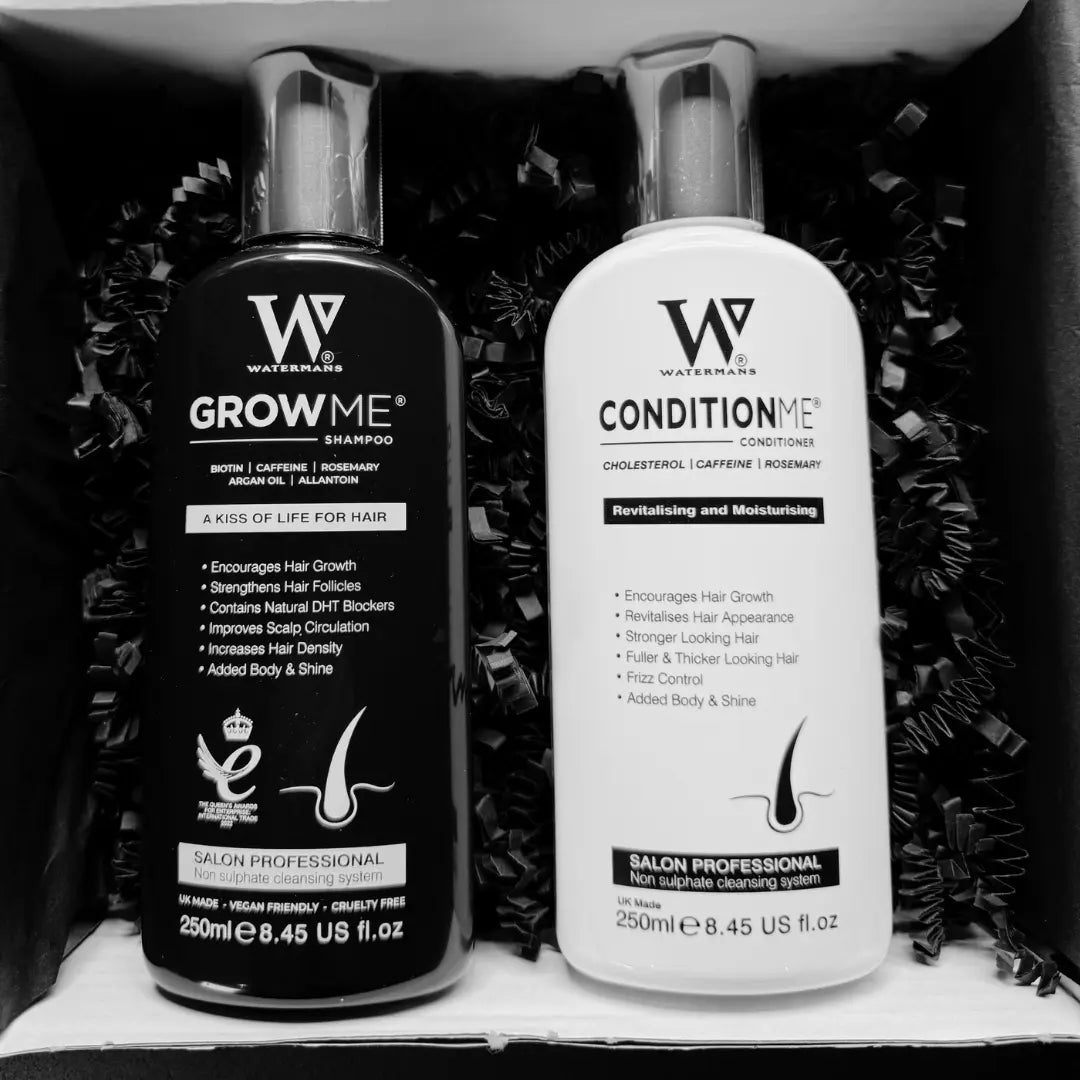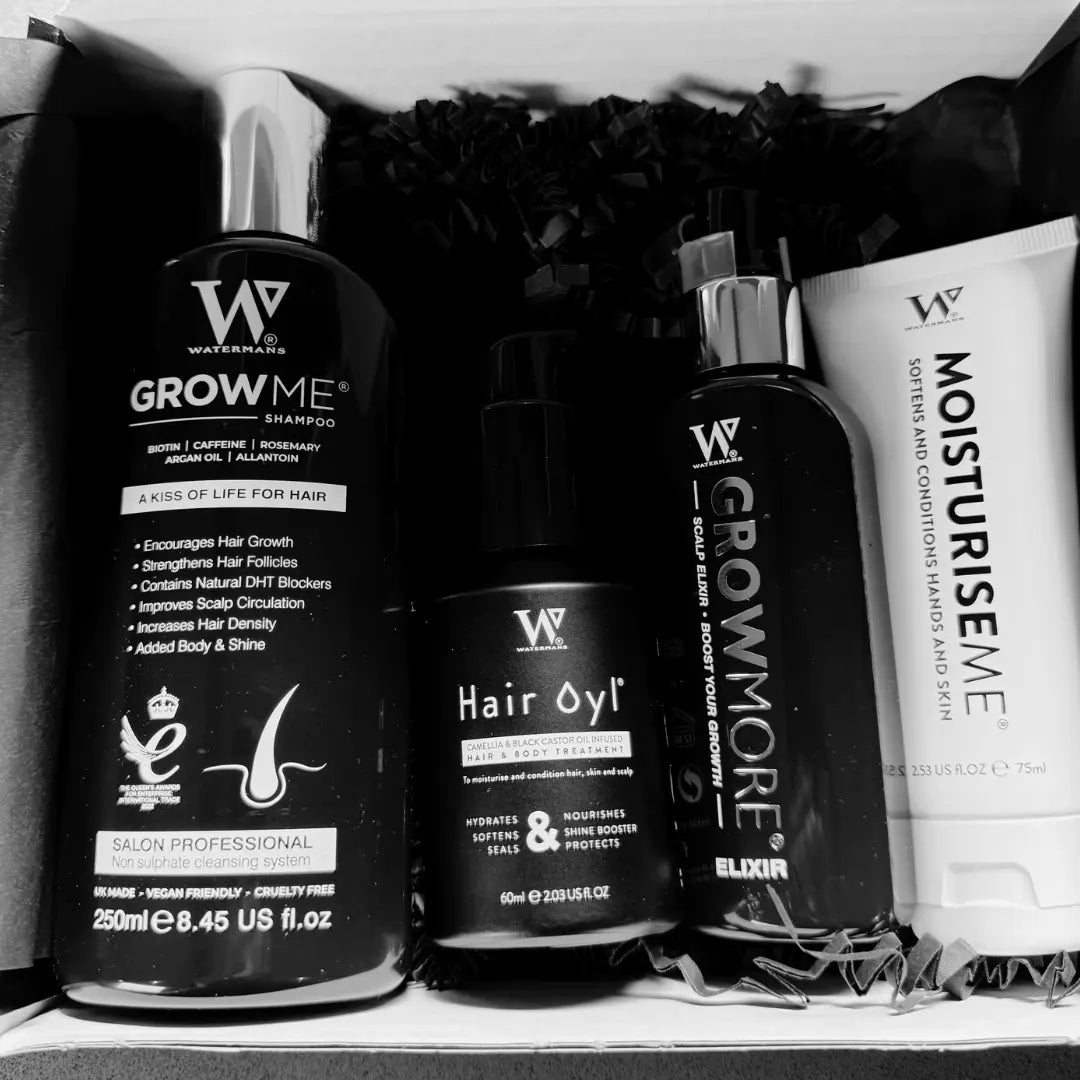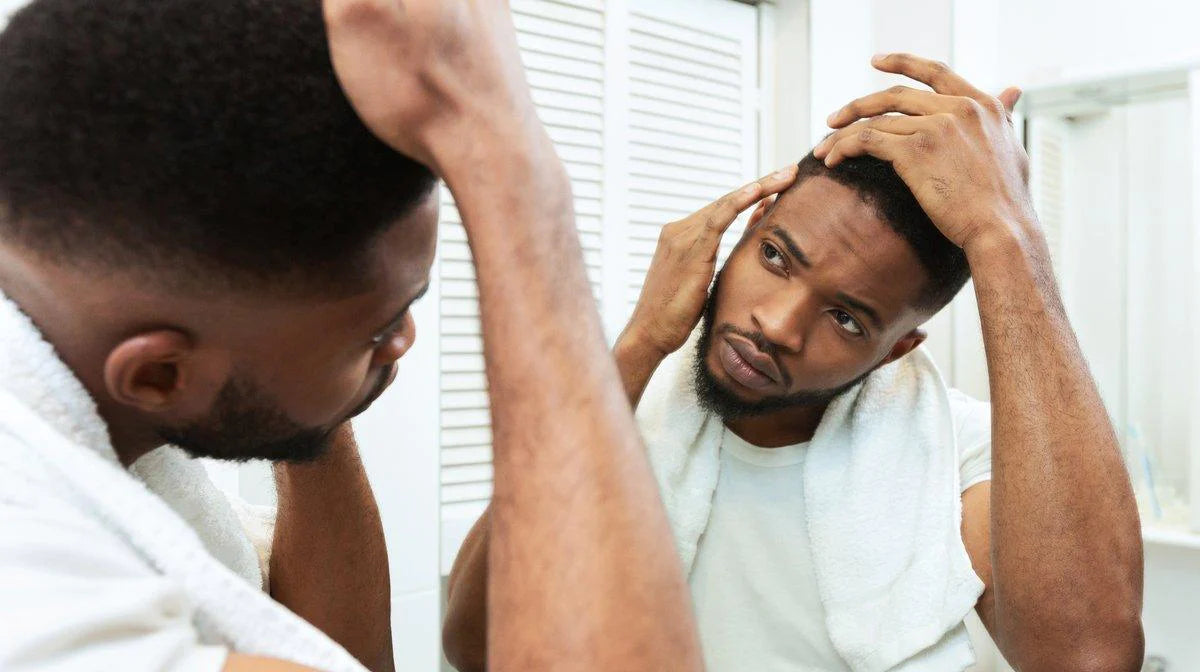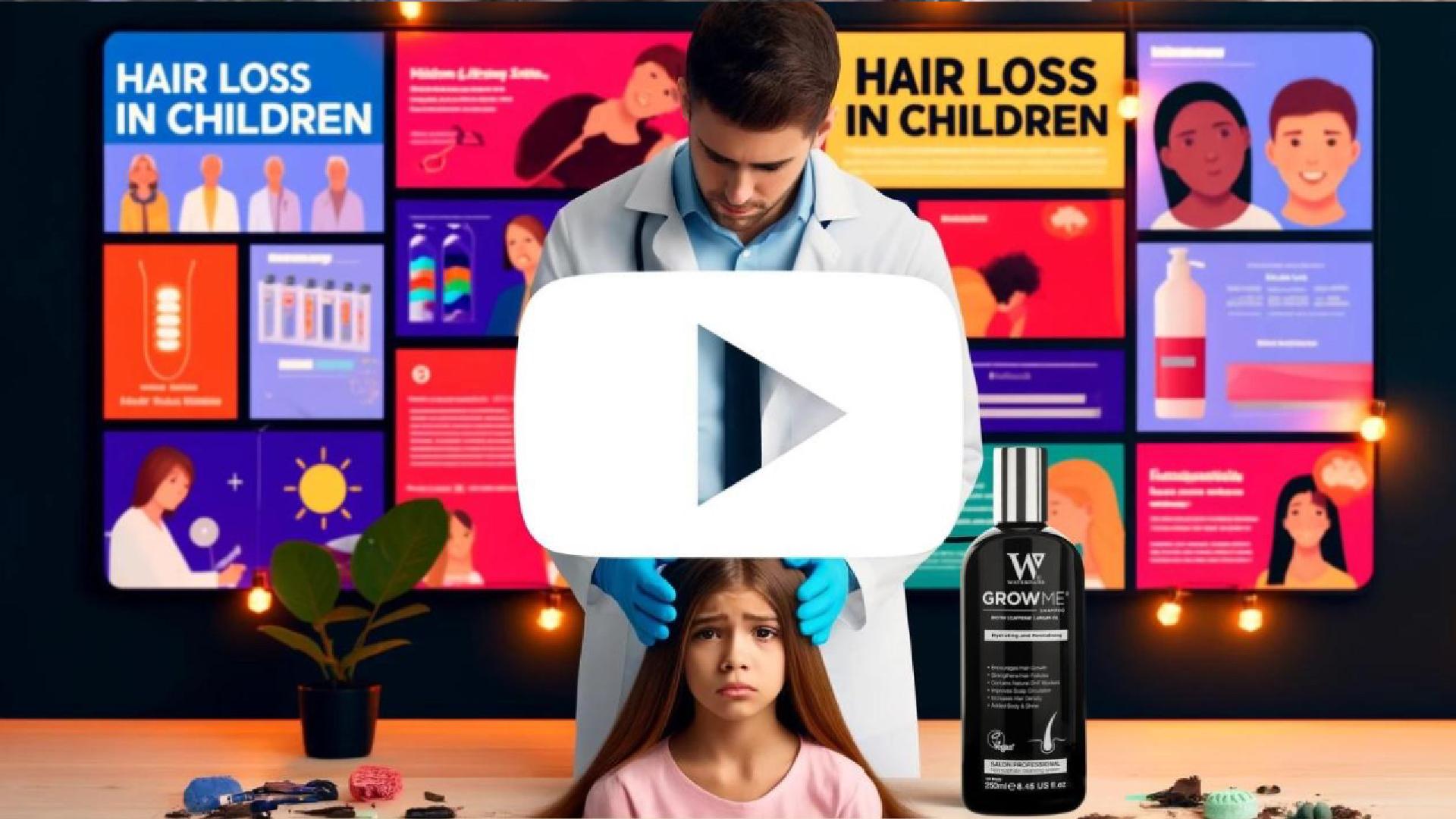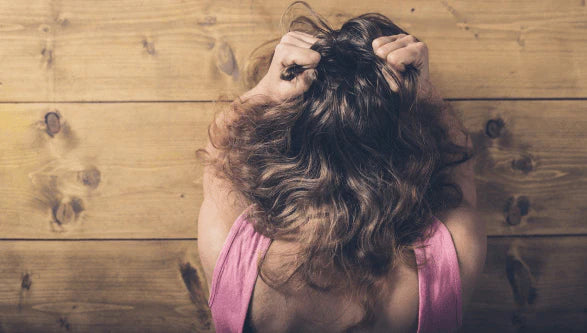
What Is Trichotillomania, the Hair Pulling Disorder?
Sometimes we all feel like we want to pull our hair out, be that a result of stress, work-related troubles, or even a tension-packed movie. But for some, this hair pulling is an irresistible compulsion known as trichotillomania.
Here’s everything you need to know about trichotillomania and how to keep this hair pulling disorder at bay.
What Is Trichotillomania?
The main symptom of trichotillomania is hair pulling – but it’s harder to diagnose than you might think.
Trichotillomania doesn’t just apply to the hairs on your head, lashes and eyebrows. It can prompt the urge to pull out hairs on the body too – so it isn’t always immediately detectable.
Trichotillomania vs Alopecia Areata
Hair loss caused by trichotillomania can often be confused with alopecia areata [link], as the two are physically similar and result in patches of hair loss. However, the below features may help to differentiate the two:
- Hair that has been pulled from the scalp – as with trichotillomania – results in uneven breakage, snapping off at various lengths and growing back at different stages. This causes the patches of hair loss to look uneven.
- Hair loss caused by alopecia areata, however, is more even. It grows back at a similar pace, as the hair growth cycle of all hairs is interrupted at the same stage.
What Causes Trichotillomania?
There are multiple factors that can trigger trichotillomania but it’s typically brought on by anxiety, stress and depression. When these triggers occur, the mind uses hair pulling as a coping method to alleviate these feelings.
Is there a treatment for Trichotillomania?
While there’s no exact cure for trichotillomania, there are steps you can take to manage this hair pulling disorder.
Short-Term Solutions
Short-term treatment options include:
- Keeping your hands occupied to counterbalance the desire to pull hair. Worry beads, hand exercisers and even fidget spinners have helped some sufferers!
- Wearing gloves to hinder your ability to hair pull.
- Styling out a shorter hair do to stop the impulse and limit damage caused by hair pulling.
Long-Term Solutions
As it’s a compulsion resulting from anxiety, therapy may be needed to deal with the underlying causes. It’s one of the healthiest ways to manage trichotillomania in the long-term.
Trichotillomania: Are There Long-Term Problems?
If you struggle with severe trichotillomania, you may run the risk of permanently damaging your hair follicles. This could cause hair to grow back shorter and finer, or hinder growth altogether.
However, the sooner you start treating trichotillomania, the better chance your hair has of restoring its natural, healthy growth cycle.



